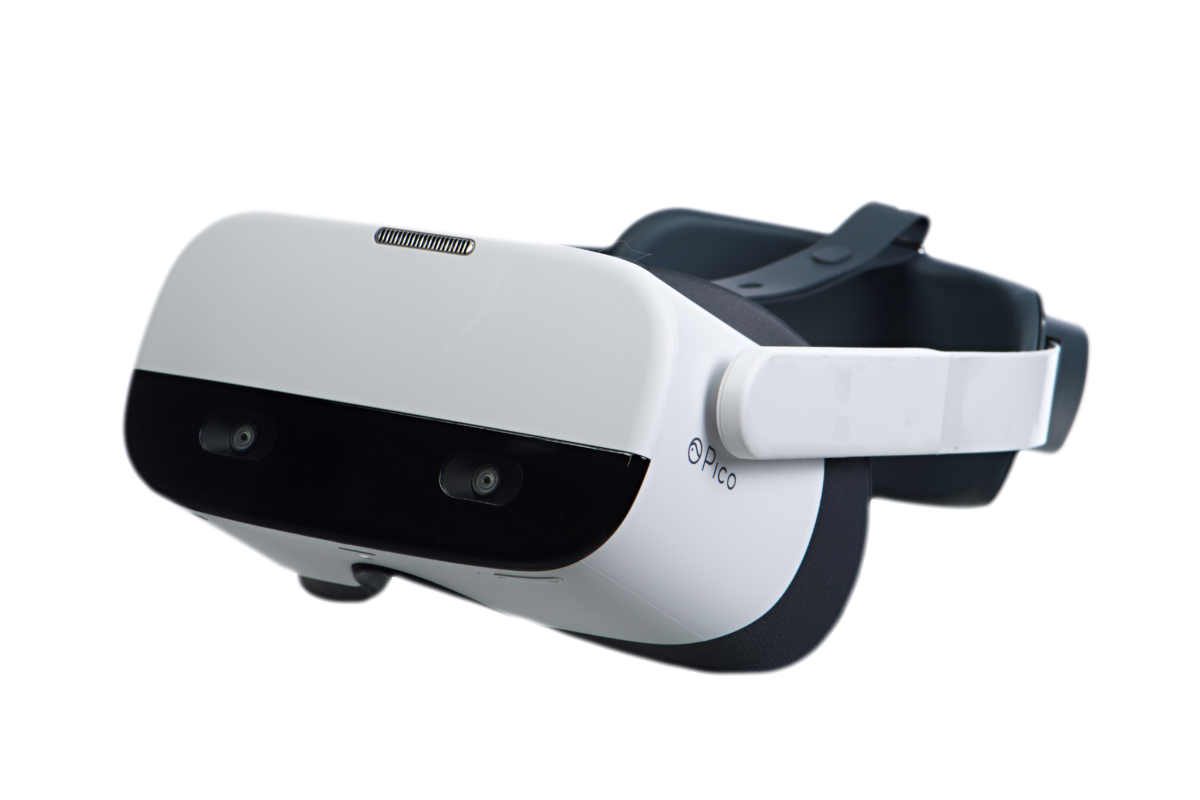Augmented Reality applications are on the rise for companies looking for cost-effective ways to conduct efficient business processes.
Of the types of Extended Reality (XR) — including Virtual and Mixed Reality — Augmented Reality (AR) applications may be the most accessible way to incorporate technology into our physical world. Layering digital data and images over our real-world environment, AR offers a more natural way to seamlessly access data that previously couldn’t directly apply to the physical space in front of us.
AR extends graphics, videos, and sounds into the world as we view it through smartphones, tablets, wearables, and other hardware. By being able to view physical and digital environments at the same time, users can absorb information more quickly, allowing them to make decisions and complete tasks more efficiently. They can physically share and view data remotely, from different locations.
So, AR for business is growing for good reason. As it grows, the augmented and virtual reality market is expected to reach $192.7 billion by 2022, after starting at $6.1 billion in 2016, according to Statista.
But businesses must also know how to best manage their AR content. How can AR help optimize processes for businesses, and how does a business manage, distribute and analyze the performance of its AR tools? We’re here to explain just that.
How is AR used in business?
AR provides cost-effective ways to conduct efficient business processes. It’s being adapted by businesses for uses including customer engagement, employee training, product design, and remote collaboration.
Beyond gaming and entertainment, the various uses of AR and VR are reaching the following industries. Here are just a few examples of how each industry is using AR:
- Construction: Mock-ups can be created and worked with in real-time, on location so that they can be reviewed, changed, and perfected before any building begins.
- Manufacturing: AR technology can work with automated sensors and other tools to monitor and alert workers with data that can be diagnostic or otherwise inform them on how to work with certain processes and machinery.
- Energy: Using AR, workers can view service history and equipment data more efficiently to make better recommendations when troubleshooting for customers.
- Healthcare: Hospitals are successfully using AR to distract patients during difficult procedures that would otherwise require anesthetics. This is better for the patients’ health and saves time and resources for the hospital.
- Education: For faster learning AR can display instructions when and where they’re most helpful within a user’s physical surroundings. For example, users can view arrows on the floor and interactive instructions within the same space, applying the information more cohesively to the physical tasks they’re learning.
- Retail: Customers can use AR to virtually try on anything from new glasses for themselves, to a new couch for their living room.
- Automotive: Technology is being developed to view directions projected onto windshields, appearing as if they’re on the road ahead of the driver, rather than a driver having to look down at a device for their next turn.
As AR continues to shift from being viewed through mobile devices, to hands-free wearables, the possibilities continue to grow. With increasing demand, businesses need a way to implement and manage their AR content to get the most out of it.
How do businesses manage AR content?
Some businesses may view XR as more of a problem than a solution, a toy, or still see it as a “thing of the future”. However, advances with how XR content is being managed and distributed have skyrocketed, quickly evolving XR content into an indispensable tool businesses are relying on across many industries.
Of the XR applications, AR content is one of the most easily accessible to a business, as it doesn’t require a fleet of hardware, such as headsets. Instead the content can be used on any mobile device.
A content distribution platform makes this possible. PIXO Apex is a first-of-its-kind platform that makes the management of AR, VR, and MR applications easier than ever for businesses to use and scale. Through a single cloud-based system, PIXO Apex provides simplicity and flexibility for content distribution, management, and analytics of all forms of XR.
For businesses that need AR content, PIXO Apex can help with the following:
- Finding the content they need in the growing library of XR titles
- Easily accessing and licensing the content businesses choose
- Provisioning the content to a wide variety of non-XR digital devices and popular XR headsets (including HP, Oculus, HTC, and PICO)
Businesses that have developed their own XR content, or hired a third party to do so, can also distribute and manage that same content by integrating it with PIXO Apex’s web-based API.
With any of the above forms of XR content, PIXO Apex makes it easier than ever to get the technology in the hands of the people who need it within a business. In the case of managing AR applications, after being authenticated, users can securely download experiences to their mobile devices and dive in to using their new tools.
As users begin interacting with AR content, PIXO Apex provides real-time data about their performance, allowing businesses to build success from the ground up, with each individual employee, to the overall operations.
Learn more about Augmented Reality applications for your business
How could easier management of VR, AR, or MR applications help your business with its processes and growth?

PIXO Has Improved VR Management to One Easy Step

Photo by Mohd Aram on Unsplash
